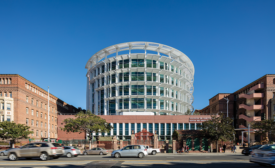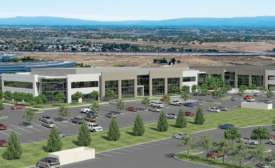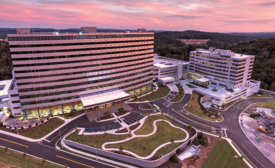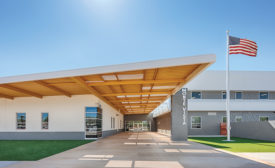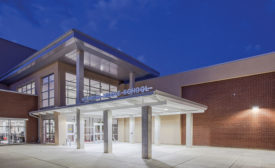Buildings
Chinese and European contractors will expedite multifamily construction and boost technology, government says.
Read More
Net-Zero Energy, Water Complexes on Horizon
Medical center owners increase emphasis on sustainability
Read More
Grandview Medical Center Project Revived After Decade-Long Delay
Technology and collaboration help revive a high-tech Birmingham, Ala., hospital project after more than a decade of dormancy
Read More
JE Dunn Construction Deepens Its Roots as a Community Builder
Kansas City-based JE Dunn Construction boosts its jobsite technology and in-house collaboration to build more complex, iconic buildings
October 26, 2016
The latest news and information
#1 Source for Construction News, Data, Rankings, Analysis, and Commentary
JOIN ENR UNLIMITEDCopyright ©2025. All Rights Reserved BNP Media.
Design, CMS, Hosting & Web Development :: ePublishing
